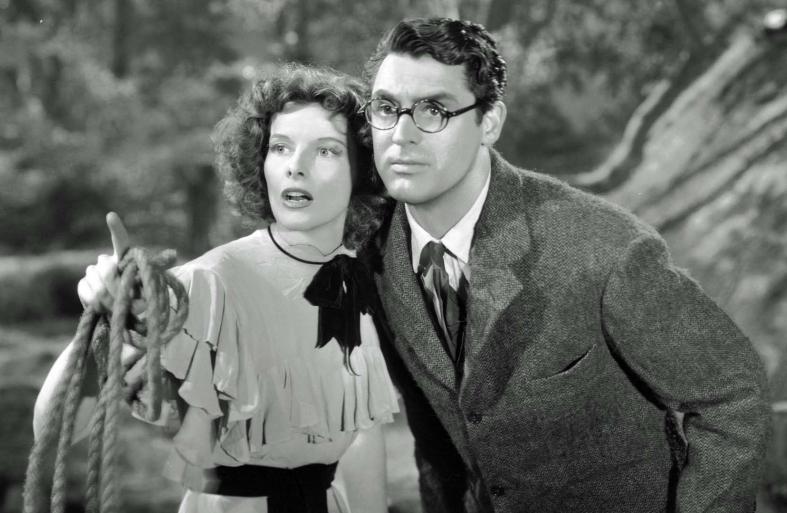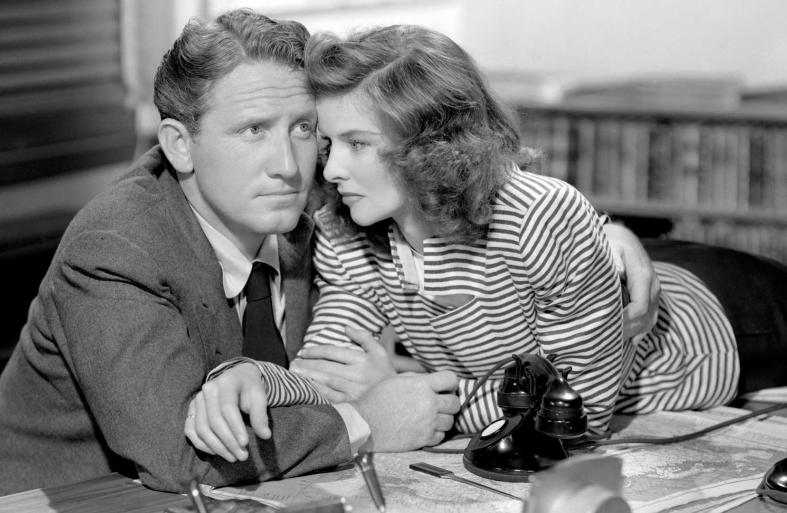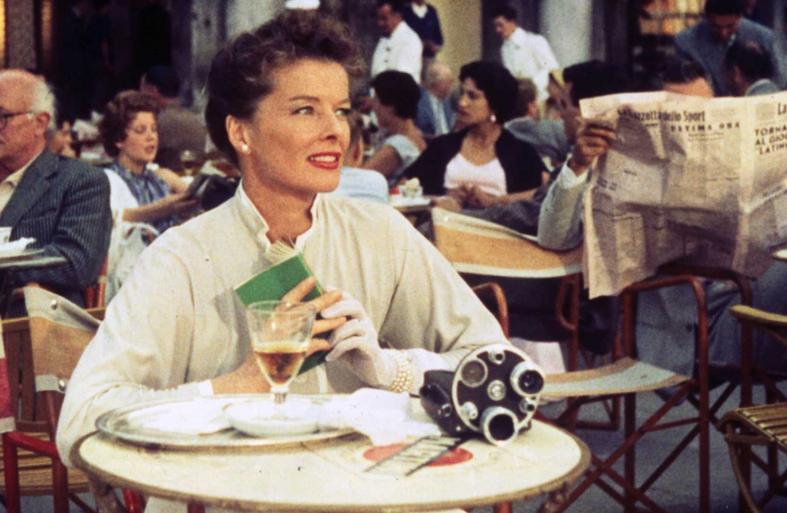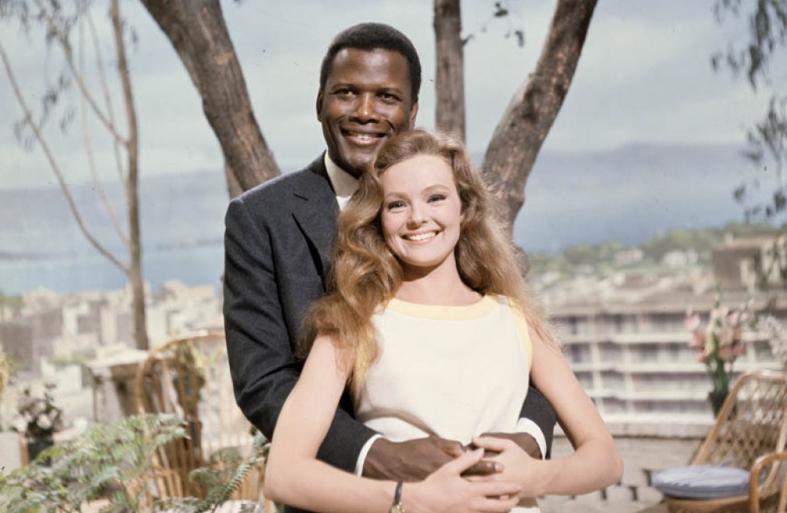In a vicious article published ahead of a 1981 televised Katharine Hepburn retrospective, former Vanity Fair editor Helen Lawrenson blasted the actress. She cited the many failures in theater and film that accompanied Hepburn's career, her limited talent, her tendency to be bossy on set, her problematic personal relationships, and so on—as befits a culture writer with a sharp pen.
Yet by the end of the article, Lawrenson could not ignore Hepburn’s success. By 1981, Hepburn had already become an American icon, having survived five decades in Hollywood and transformed from a young starlet into one of those rare divas whose presence feels eternal. Lawrenson concludes her venomous piece with a backhanded tribute: "But what Katharine Hepburn has always had is perhaps something even rarer than acting talent: a distinctive, tangy magnetism abetted by what the camera could make of her face and fueled by remarkable ego and gumption. She has been affected and infuriating, but she certainly has not been boring. In our theatrical history, there has probably never been anyone quite like her."
This month, we are dedicating a small program to Katharine Hepburn, the great star of mid-20th-century American cinema. Born into a high-class family in Connecticut—her father a doctor, her mother a suffragist—Hepburn’s persona was shaped by this progressive, intellectual background. On screen, she embodied strong, independent, elegant, and intelligent women, and this upright presence became a key part of her charm.
Hepburn, along with the outstanding directors she worked with—truly the greats of Hollywood: George Cukor, Howard Hawks, George Stevens, John Huston, and others—knew how to use her distinctive features—high cheekbones and deep-set eyes—to navigate a dynamic range: from aloofness and coolness to vulnerability and emotional depth.
She arrived in Hollywood in the mid-1930s and quickly became a star. Although by the end of that decade she had been labeled—along with several others—as "box office poison," she successfully revived her career with The Philadelphia Story (1940), for which she herself had secured the screen rights. A significant part of her career was spent alongside her partner Spencer Tracy, with whom she made nine films. Their on-screen collaborations formed a kind of portrait of the American couple during times of social change.
Thus, she weathered Hollywood’s shift from the playful to the conservative and managed to maintain her status well into her later years, starring in enduring films like Summertime and Guess Who’s Coming to Dinner, where her persona became central to the dramatic tension.
This month’s program is a portrait of a classic Hollywood star, and it includes a marvelous line-up of classics from cinema’s golden age. It’s a great opportunity to revisit—or discover for the first time—some key milestones in film history: entertaining, intelligent, and playful works that are rarely made today.









